Europe-China Forum
Next event In person & livestreamed
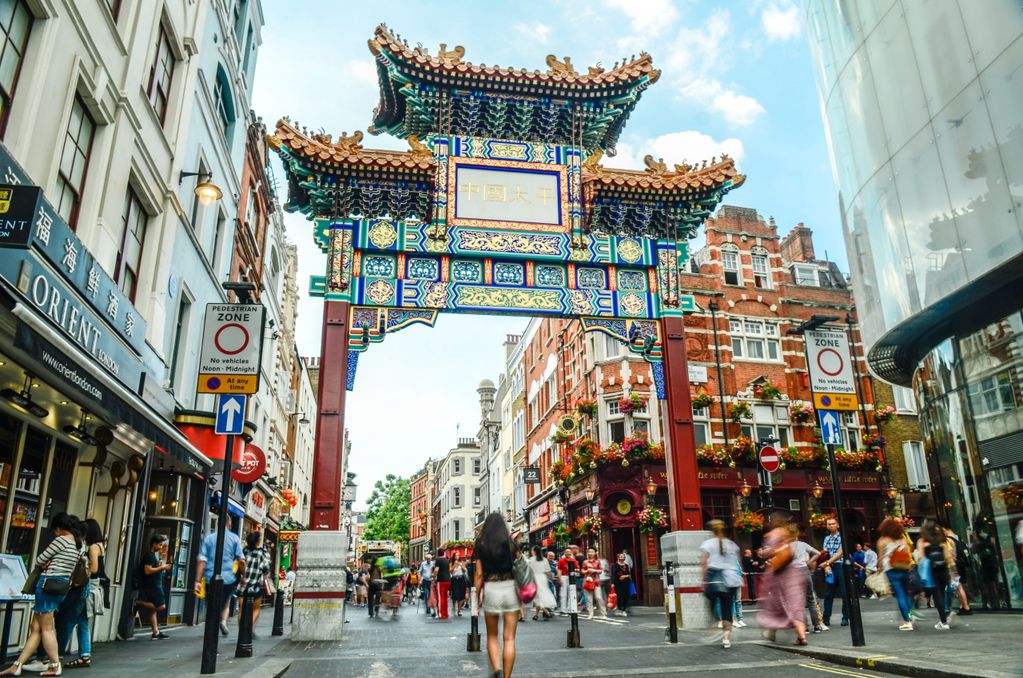
- Area of Expertise
- Global Europe
Global Europe

Founder of Policy People, Indo-Pacific affairs analyst and podcast producer
The dumping of Western brands by China’s A-list stars gives Chinese fashion the opportunity it’s been waiting for – the implications are profound
The intensity of China’s backlash against leading European brands over their criticism of human rights abuses in Xinjiang surprised international observers. To many it seemed like a diplomatic own goal by Beijing, whose actions have now put their highly-coveted bilateral investment deal with the EU on the rocks and pushed the bloc closer into Washington’s open arms. Yet, to understand the long-term significance of the Xinjiang cotton row, one need only look to China’s Fashion Week for a glimpse of the domestic benefits Beijing now stands to gain.
“Xinjiang cotton is my love”, Designer Zhou Li announced to the press gallery amid triumphant applause as she took the stage with a bouquet of Xinjiang cotton in hand. With the recent surge in stock prices of major Chinese apparel companies, Li and her peers have reason to celebrate. 25 March, or ‘Contract Termination Day’ as it is now known in China, will go down in history as a key turning point in the transition away from foreign and towards Chinese fashion. On a global level, this is the start of the next phase of divergence between the West and China – cultural decoupling.
The hold that Western fashion brands have over the minds of Chinese consumers is now coming undone
What started off as a public relations crisis for Western brands has now evolved into a golden opportunity for Chinese fashion labels to make new gains in market share, with numerous China market analysts predicting that the ground Western brands have lost will become permanent. Some have gone as far as predicting H&M, Adidas and Nike could each lose up to 50% of market share over the next five years. Local labels will be looking to lock-in long-term strategic gains by signing any of the 30 A-list Chinese stars who are now free to lend their face to new brands.
The new pairing of top Chinese celebrities with home-grown brands will also further the Chinese government’s ambition to unify its cultural sphere and limit the influence of foreign fashion. It also aligns nicely with the Chinese Communist Party’s latest economic directives to return to an emphasis on domestic growth. Rechannelling the star power of its entertainment circles into building the attractiveness of Chinese brands among domestic consumers will increase consumption of domestic apparel and contribute to ‘internal circulation’, which the latest Five-Year Plan so strongly calls for.
China’s consumers too are ready for the change. Once an unquestioned symbol of status, the hold that Western fashion brands have over the minds of Chinese consumers is now coming undone. This is especially true of the younger generation, with McKinsey reporting that 90% of Chinese youth now have a positive perception of local brands.
The meteoric rise of Hanfu fashion over the last two decades is testament to Chinese youth’s increasing taste for overtly indigenous designs. The movement’s insistence on ethnic Han clothing and the discrediting of China’s other traditional designs, namely the world-famous qipao due to its Manchurian origins, should not be overlooked. It reveals the Hanfu wave is not about nostalgia, but an attempt to redefine Chinese apparel along majoritarian ethno-ideological lines.
The spectre of decoupling is inescapable
It is also worth noting that, of all the party organs available, it was the Communist Youth League that led the backlash. The vigour with which China’s young netizens responded to the call on Chinese social media and drove the boycott of the foreign brands shows the strong hyper-nationalist sentiments of this generation. The forming of a ‘sovereign’ cultural sphere will be a long-term trend as this next generation moves into leadership positions in the decades to come.
There is little that Western brands can do to reverse this trend. Their delayed and vaguely-worded statements failed to impress in China and their home markets, which speaks to the vicariousness of their market position. The implications for global fashion are dramatic, but what this means for Western soft power is profound.
That this schism erupted over a clash of values only reminds us that the worn-out image of the ubiquity of blue jeans, as a metaphor for the inevitable all-homogenising triumph of globalisation, is – and always was – a mirage. As the gulf between Western and Chinese values becomes ever more pronounced, it should not surprise us that, even in fashion, the spectre of decoupling is inescapable.
EU industry must too anticipate where future fallouts in the cultural sphere may occur
Brands may foster loyalty because consumers identify with their core values, but they ultimately sell them on the promise of a better future. Across multiple industries, China already looks in the mirror for inspiration of a better future. Fashion is now just catching up with the trend.
EU leaders will need to reconcile the bloc’s commitment to values-based diplomacy with the reality that China’s values are not only inherently incompatible with their own, but the areas in which value dissonance appears will increase in number as Beijing’s power continues to expand globally. Brussels must now do thoroughly away with any remaining illusion that greater economic integration may somehow smooth over the rifts in values and instead factor this reality into policymaking. EU industry must too anticipate where future fallouts in the cultural sphere may occur. Cannes, Berlinale and other leading European film festivals would be wise to study recent Chinese boycotts of Asia’s largest film festival over the status of Taiwan. The growing calls from governments to boycott the Winter Olympics in Beijing next year portend a standoff in sports as well.
Only in taking a clear-eyed assessment and realising that this dissonance in values may come to threaten areas, where Sino-European collaboration can and should flourish such as climate policy, can Brussels hope to better manage its relations with Beijing while remaining true to its values.
Next event In person & livestreamed

Past event

Past event Online
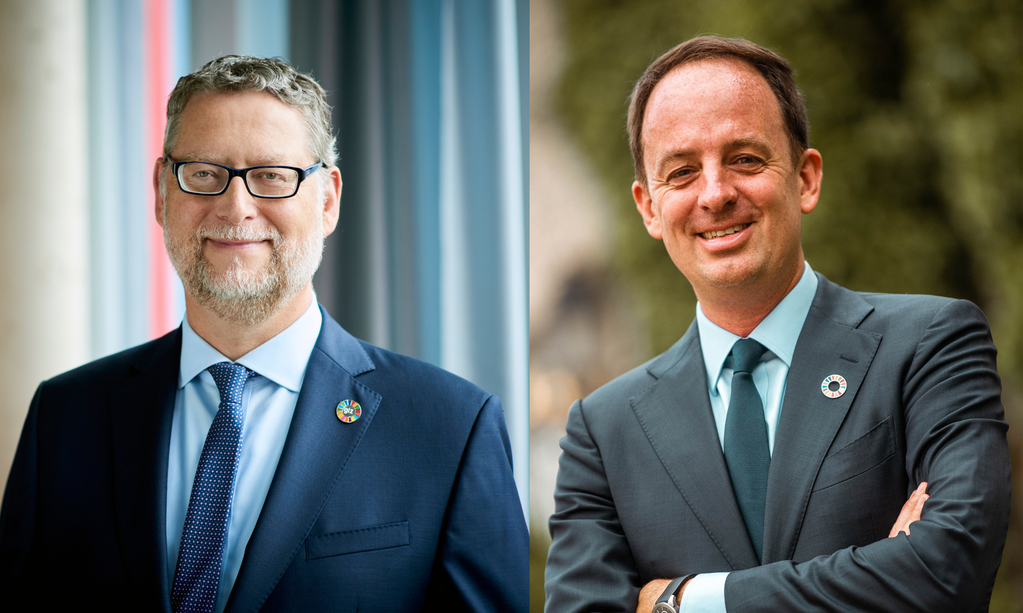
Past event IN PERSON & ONLINE

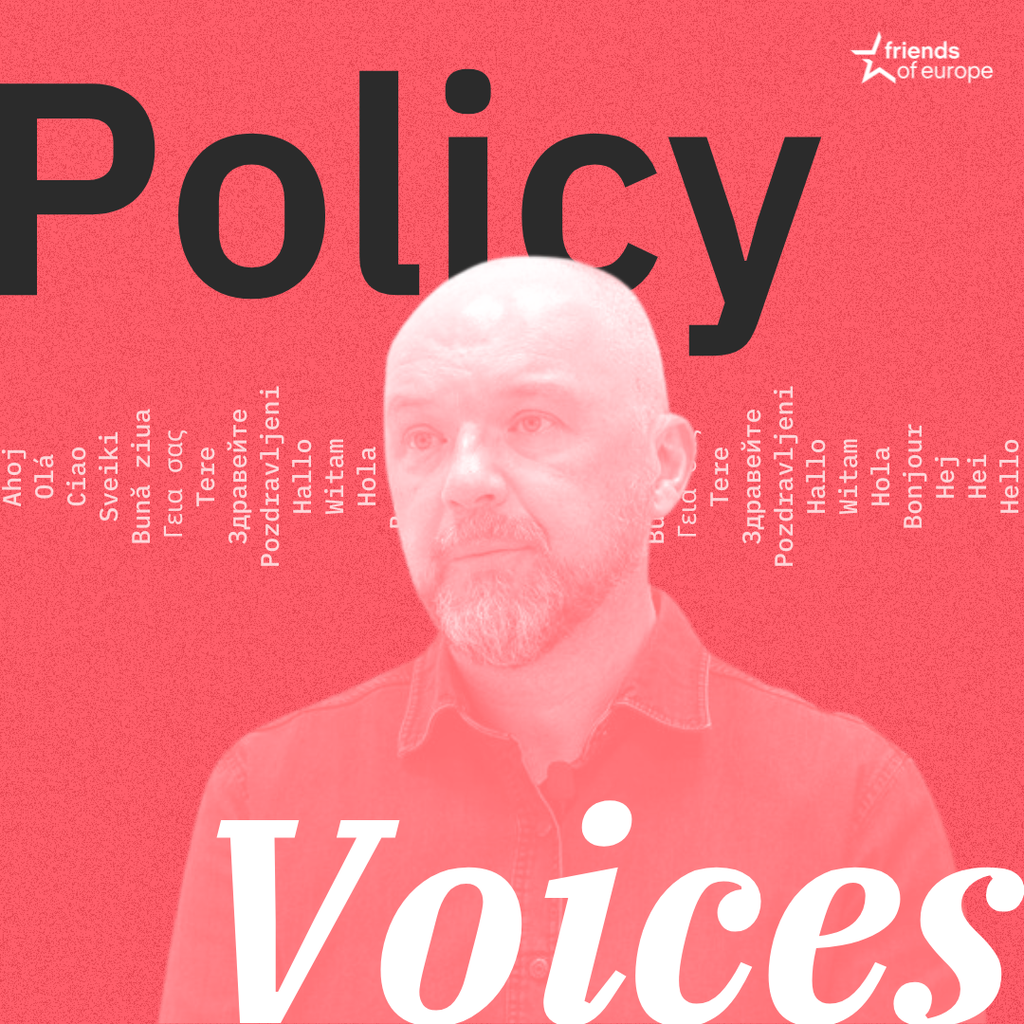
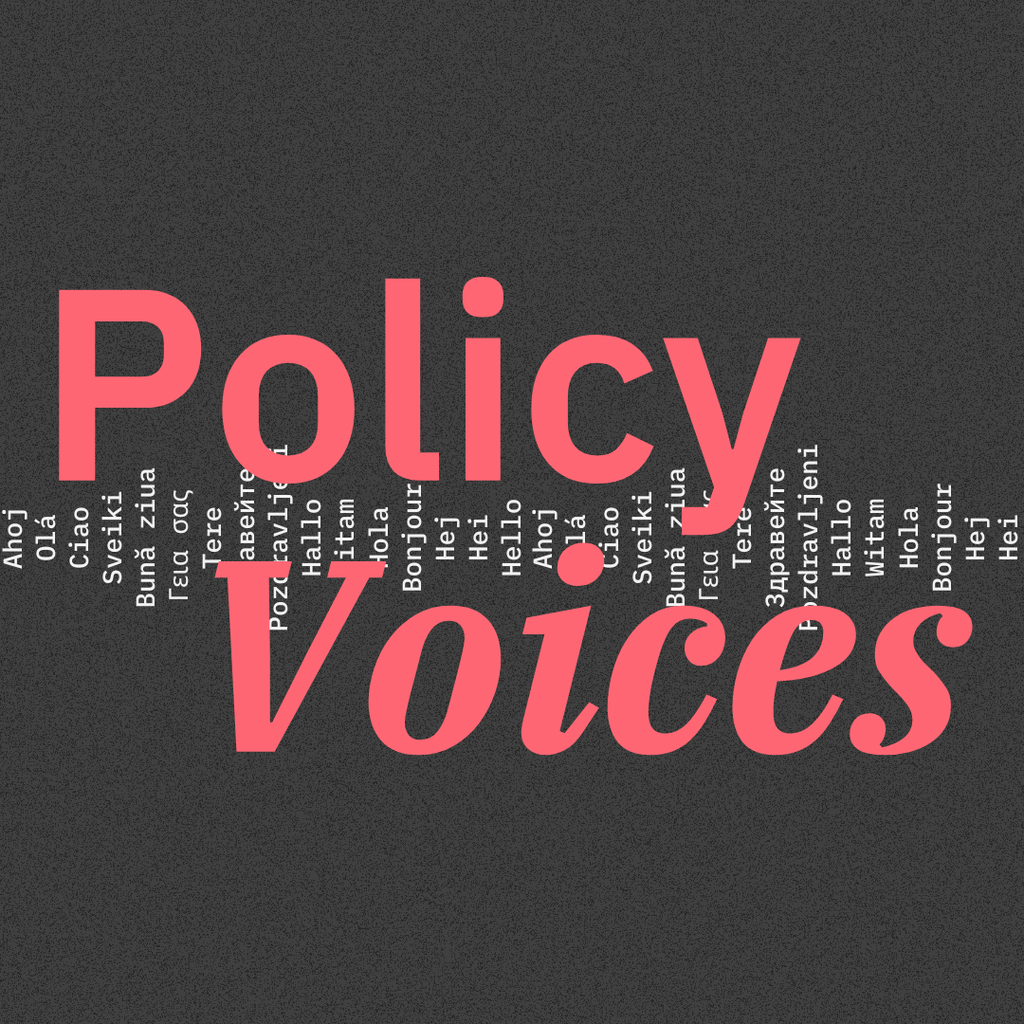
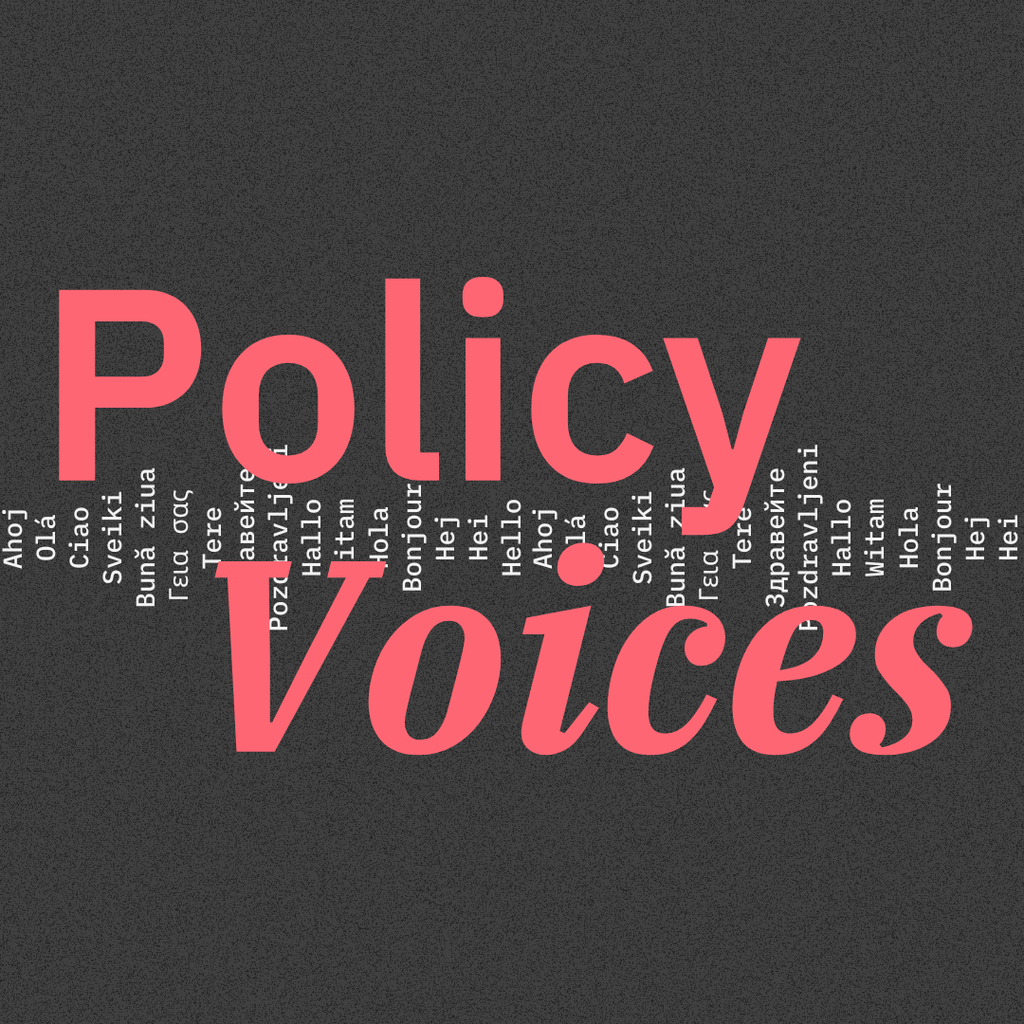

Stay informed
We use cookies and similar technologies to adjust your preferences, analyze traffic and measure the effectiveness of our campaigns. Learn more about our privacy policy.